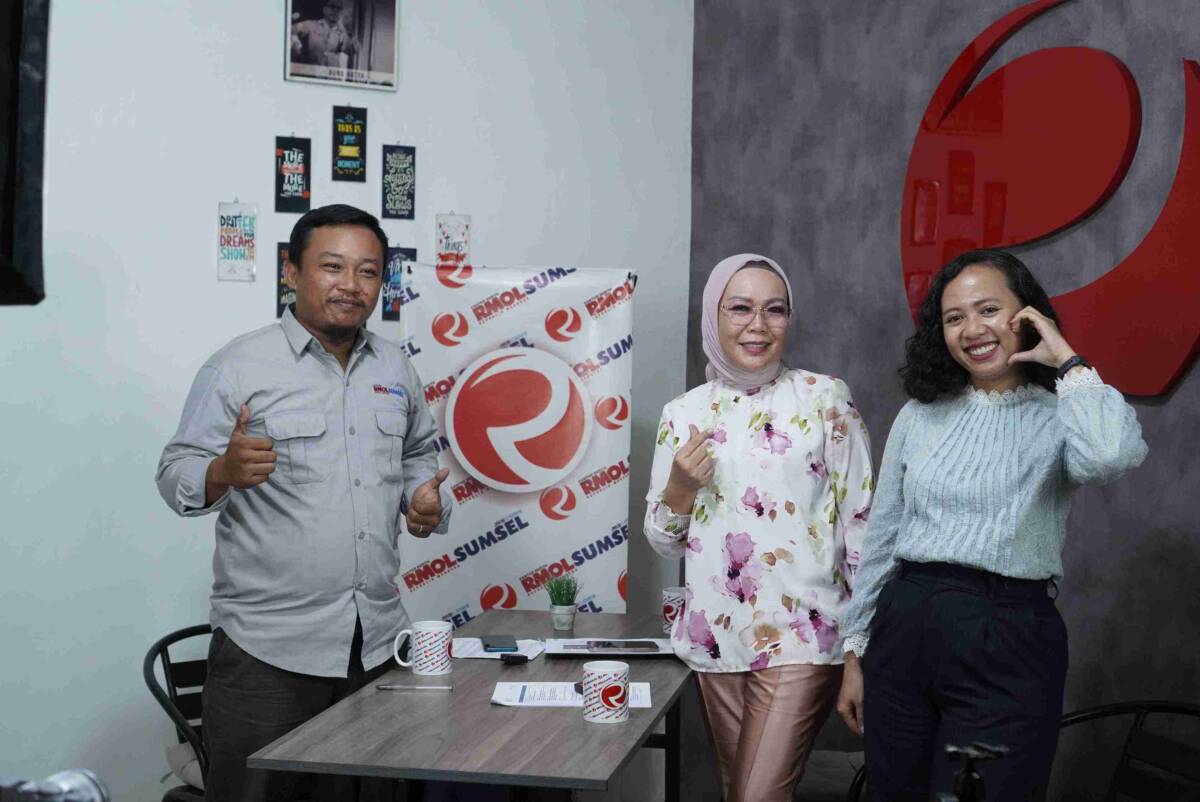Palembang, June 3, 2024– Palembang, the capital city of South Sumatra Province, needs to transform into a green city to anticipate the impact of the ongoing climate crisis. With a growing population and rapid urbanization, the environmental challenges in Palembang are increasingly complex.
One step in encouraging green cities in Indonesia is utilizing renewable energy. However, based on data from the Energy and Mineral Resources (ESDM) Office of the South Sumatra Provincial Government, in 2022, fossil energy still dominated the regional energy mix. Coal contributed 31.59 per cent, natural gas 22.68 per cent, and petroleum 21.88 per cent. Meanwhile, renewable energy reached 23.85 per cent of the total energy mix.
Holda, Chairman of Commission IV of the Regional People’s Representative Council (DPRD), explained that South Sumatra has promising renewable energy potential, especially biomass energy because most of its territory is plantation. Energy sources from waterfalls, solar and wind are also abundant. South Sumatra also has geothermal hotspots that can be utilized as a source of electrical energy.
“Geothermal hotspots exist in Lahat Regency, Pagar Alam City, and parts of Empat Lawang Regency, such as in Pasemah Air Keruh District. The utilization of these renewable energy potentials needs support from the government, one of which is by facilitating business licensing to help increase investment in the renewable energy industry sector,” said Holda in the RMOL South Sumatra Live Podcast entitled Palembang Towards Green City on Tuesday (28/5/2024).
The Program Manager of Sustainable Energy Access at the Institute for Essential Services Reform (IESR), Marlistya Citraningrum, explained that the Ministry of Public Works and Public Housing, in collaboration with district/city governments, is currently developing a green city development program (P2KH). The program states that the concept of a green city is not just about the amount of green open space. But also the massive availability of public transportation, good water management, and so on.
“City design is not just about buildings or infrastructure, but also social, cultural, and people’s behavior. Towards a green city, using renewable energy is one of the indicators that can be encouraged. South Sumatra has several renewable energy potentials, mainly dominated by biomass due to the large number of agriculture and plantations in this area,” Marlistya added.
Furthermore, Marlistya said the challenge to realizing the green city concept in a big city like Palembang is the availability of land. Therefore, the solution is to maximize the use of rooftop solar power plants. For example, they are utilizing the rooftops of government buildings to be fitted with PLTS. Improving city planning is also crucial to achieving a green city. In addition, Marlistya also gave an example of a 15-minute city regulation implemented by one of the cities in Switzerland to realize the concept of a green city.
“The 15-minute city regulation means that each trip to school, work, and other places must be reached within 15 minutes. This regulation will certainly cut the duration of trips and the production of vehicle emissions. This can be an inspiration, considering Palembang is still a developing city. If you want to implement a green city, the city planning needs to be improved, and people from around Palembang must pay attention to the travel model. If the travel model is like Jabodetabek’s, this needs to be adjusted again,” said Marlistya.

